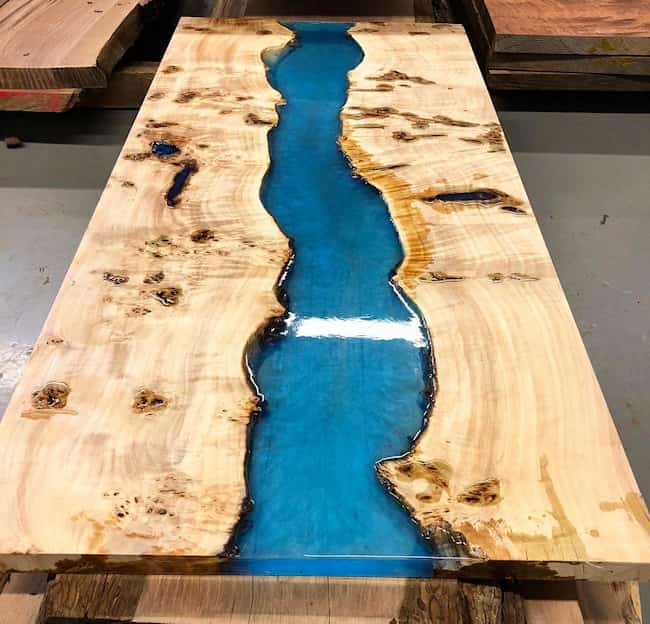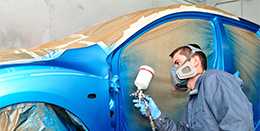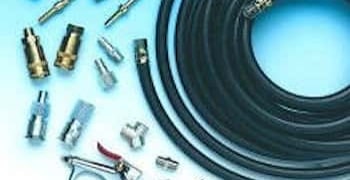 Create luminous epoxy resins with phosphorescence !
Create luminous epoxy resins with phosphorescence !
Have you heard of phosphorescent resins? These resins glow in the dark with a green or turquoise hue. Among the many ways to answer the question "which epoxy resin colorant to use", one of the most original and fascinating methods is to add phosphorescent powder to the resin to achieve a luminous effect.
The technique is simple: before adding the hardener, incorporate a measured amount of phosphorescent pigment and stir thoroughly. These pigments absorb light exposure throughout the day and naturally emit visible light in darkness.
But how much pigment should be added? How long does it glow? Can a phosphorescent effect be visible during the day? How many years does the effect last? Is it safe? Find all the answers below!
Using Phosphorescent Powder as an Epoxy Resin Colorant
The pigment dosage is calculated by weight, ranging from 1% to 10%. The thicker the pour, the lower the pigment concentration needed—an excess of pigment would be unnecessary since the particles need to spread light effectively. For example, for a 4 cm thick pour, the recommended dosage is 20 to 50g per kg of resin.
How Long Does It Glow? The glowing effect lasts between 6 to 12 hours in darkness. More impressively, once the pigment is fully sealed within the resin, its phosphorescent properties remain active for over 100 years!
Using Phosphorescent powder in epoxy resin is not hazardous. The powder does not become airborne, and it contains no toxic compounds.
To achieve the most intense luminous effect, it is best to use "strong colors", such as green and turquoise. While there are six other natural phosphorescent colors, they are generally less effective in terms of brightness and duration.
How Can Epoxy Resin Be Phosphorescent During the Day?
We've all seen videos featuring fluorescent and luminous turquoise epoxy resin visible in broad daylight. But how is this effect achieved?
By nature, phosphorescent pigment is always colorless in daylight and glows in the dark. The vibrant effect seen in videos is often due to strong light exposure just seconds before recording—this temporarily enhances the glow, making it visible even without darkness. However, this effect quickly fades and becomes invisible within 20 seconds.
To achieve a colored effect both day and night, there are only two solutions, though they will slightly reduce the phosphorescence level:
- Use a colored background beneath the resin (only light colors—dark colors absorb light and weaken the glow).
- Add a small amount of fluorescent powder (3% fluorescent / 97% phosphorescent).
It is not possible to add transparent dyes, as they inexplicably eliminate 100% of the phosphorescent effect.
 Tips for a successful phosphorescent epoxy resin pour
Tips for a successful phosphorescent epoxy resin pour
Using any random pigment and any epoxy resin can lead to settling issues—where the pigment sinks to the bottom once the resin cures. If you want to maintain depth and transparency, follow these two essential tips :
1. Use fine pigments (1-5 µm or 5-15 µm).Only ultra-fine pigments remain light enough to stay suspended in the resin.
Avoid using larger pigments, as they will sink too quickly.
2. Opt for a "fast-setting" resin or multi-layer pouring.Choose a fast-curing epoxy resin or pour in thick layers to generate higher heat and speed up curing. Work in a warm environment to promote faster reaction times.
How to color epoxy resin with pearlescent powders ?
How to add color to epoxy resin using liquid dyes ?
How to create a matte epoxy resin finish ?
How to dose a powder phosphorescent with epoxy resin ?



















































































